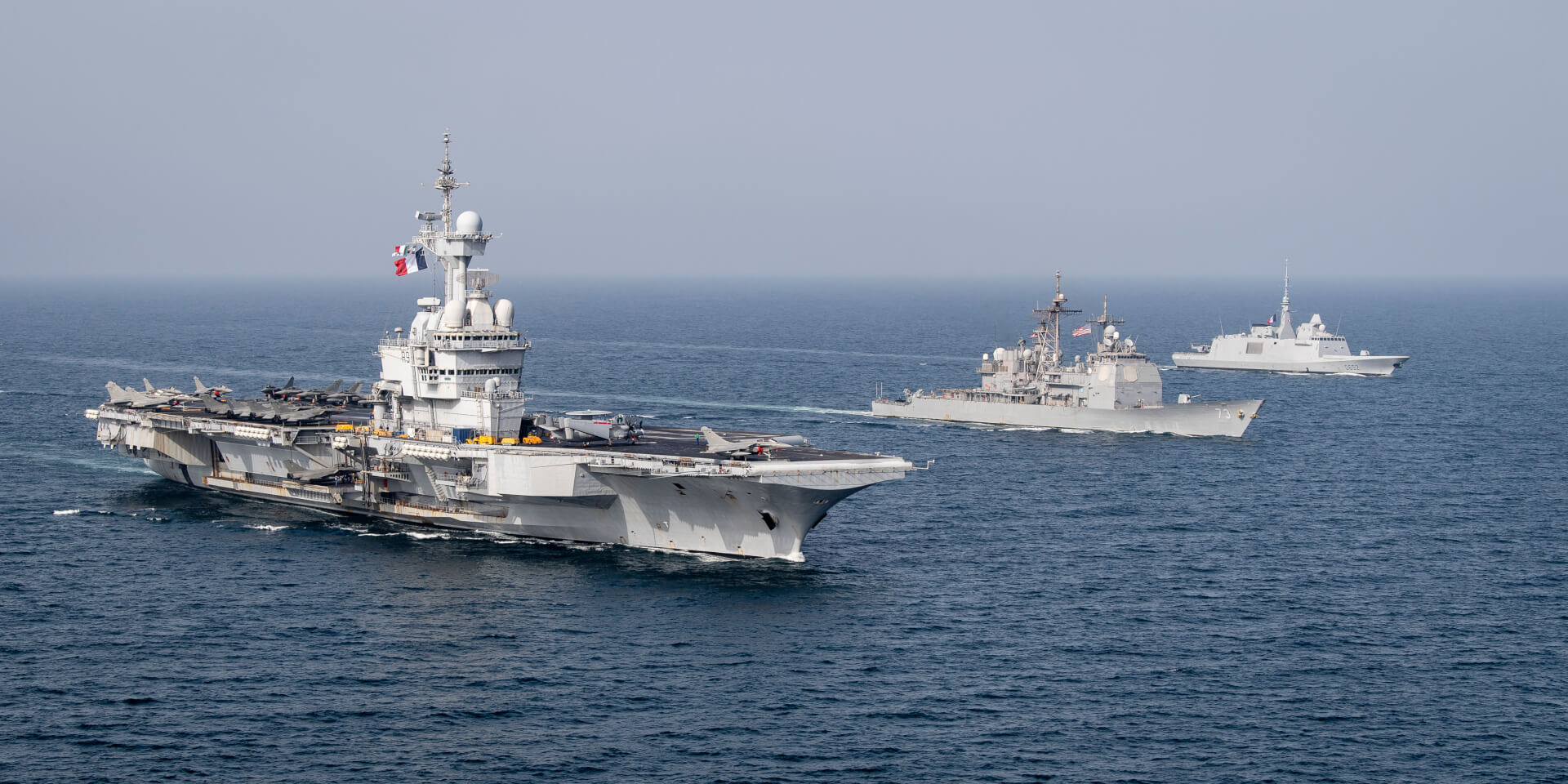On Sunday, amid heightened tensions between the United States (US) and Iran, the US Navy began conducting the Group Arabian Sea Warfare Exercise (GASWEX 21) with Belgium, France and Japan in the Arabian Sea and the Gulf of Oman. The multilateral maritime exercise is meant to strengthen “mutual interoperability” between the participating countries.
Tehran has been violating the limits set by the landmark 2015 nuclear deal ever since the US decided to unilaterally withdraw from the deal in 2018. The deal, also known as the Joint Comprehensive Plan of Action (JCPOA), helped in lifting the crippling sanctions on Iran’s economy in exchange for Iran significantly reducing its nuclear programme, but the US’ withdrawal and the reimposition of heavy sanctions on Iran have pushed Tehran to abandon any sort of commitment to the deal.
However, since coming to power in 2020, the new US administration, led by President Joe Biden, has shown an interest in returning to the deal. Iran, on the other hand, has demanded that the US remove sanctions before it re-joins the deal. In the meanwhile, Iran has been increasing its stockpile of enriched uranium according to reports by the International Atomic Energy Agency (IAEA) and despite signing a deal with the IAEA last month, continues to allow United Nations inspectors only limited access to monitor its nuclear programme.
The naval exercise was announced by the US Navy just days after Iran’s decision to conduct a cold test of the redesigned Arak nuclear facility, which was shut down under the terms of the JCPOA. The US-led exercise is being held a month after both Iran and Russia conducted military drills in the Indian Ocean. The drill also comes at a time when the Houthis, who are widely regarded as Iranian proxies, have increased drone attacks on Saudi Arabian oil infrastructure.
Against this backdrop, the GASWEX 21 focused on increasing capabilities in maritime security and warfare operations, including anti-air, anti-surface and anti-submarine. Three of the four participating countries, the US, France and Japan, have military bases in Djibouti in the Horn of Africa which is close to Yemen. The US and Japan are also members of the Quadrilateral Security Dialogue (QUAD), which includes Australia and India.
The US Navy has said that the purpose of such military exercises is to “effectively develop the necessary skills to address threats to regional security, freedom of navigation and the free flow of commerce.” In this case, a threat to regional security could mean Iran’s ability to shut down the narrow Strait of Hormuz which could lead to a disruption of global oil trade.
Iran is yet to issue a statement about the US-led naval exercise. Despite the US looking to re-enter the nuclear deal with Iran, tensions have escalated between both sides recently. While Iran continues to breach the limits set by the deal, the US has attacked Iran affiliated militia bases in Syria and has charged 10 Iranians for evading US sanctions.

